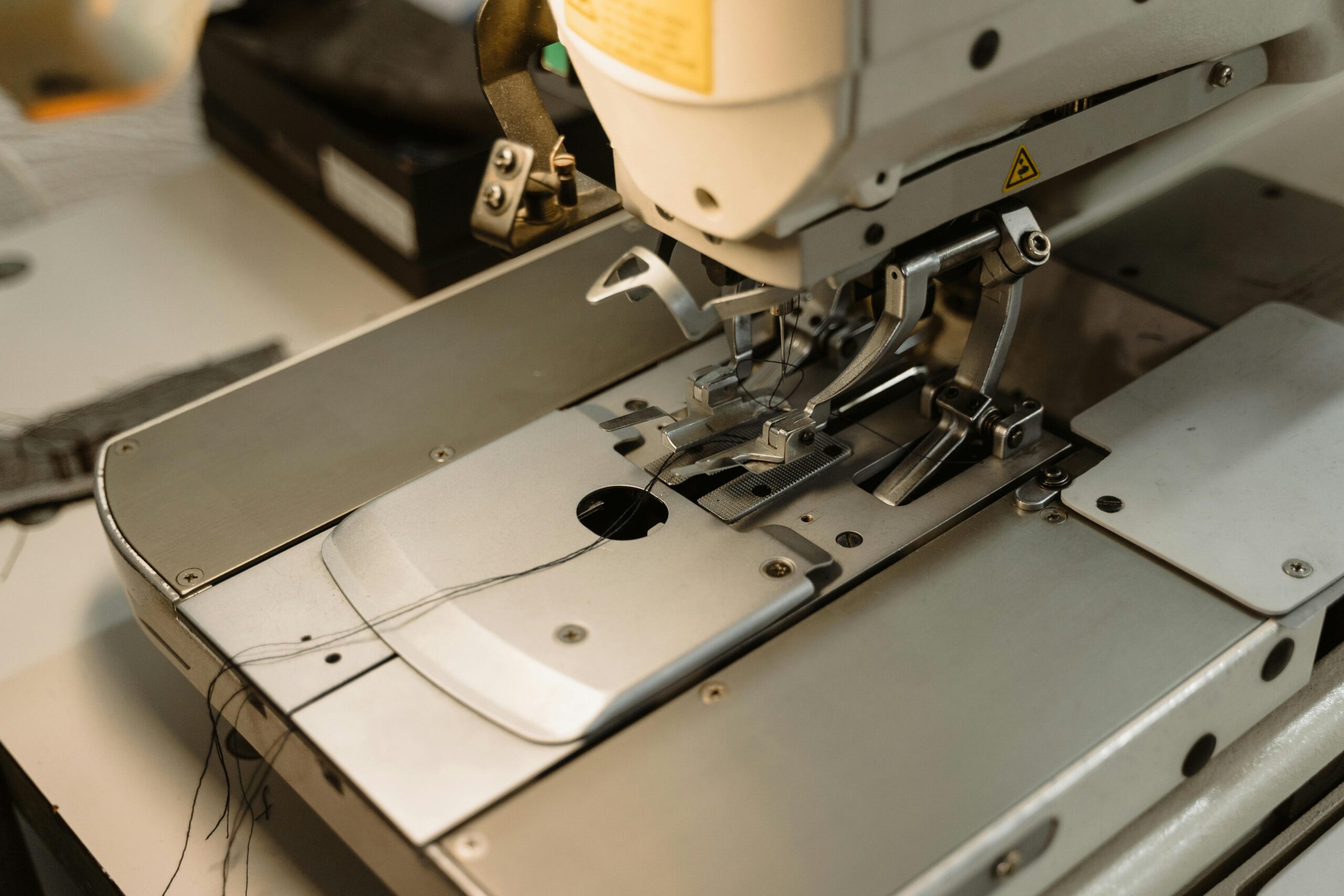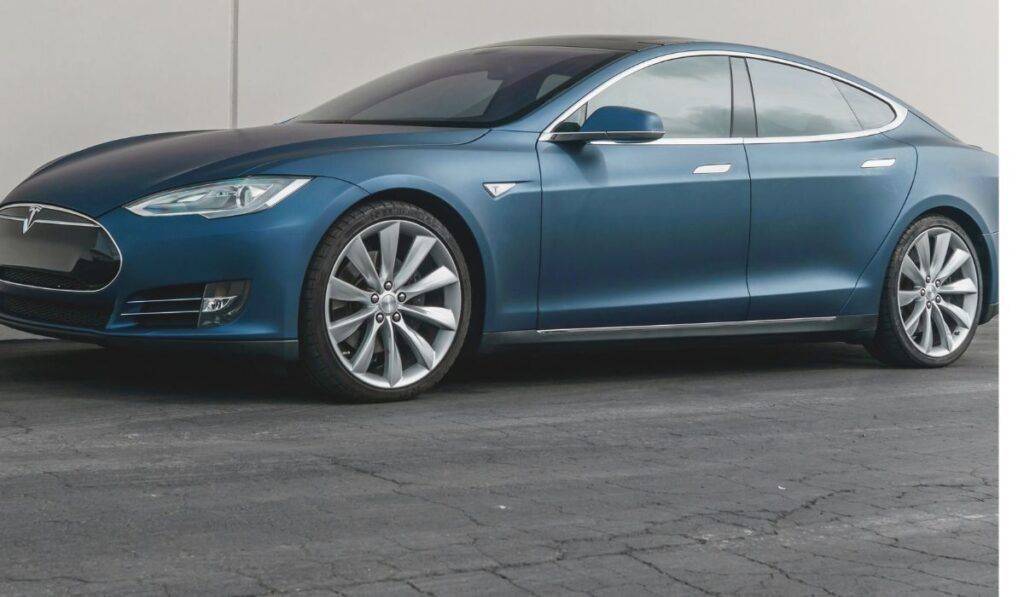Professional liability insurance for auto engineers
Here’s a deeper dive into professional liability insurance for auto engineers uncovering additional considerations, examples, and how the insurance works in practice.

Understanding Professional Liability Insurance in Engineering Context*
Professional liability insurance for auto engineers (also known as Errors & Omissions or E&O insurance) is tailored to protect engineers from claims related to professional negligence or failure to perform their duties to expected standards. In the context of auto engineers, this could involve designing critical automotive components like engines, brakes, or safety systems. If something goes wrong, the engineer could be held liable for the consequences.
Claims Auto Engineers Could Face**
Auto engineers may encounter a variety of liability risks, such as:
Design Flaws**: A design issue in a braking system could lead to accidents, and if it’s traced back to the engineering design, the engineer may be sued.
**Engineering Oversight**: Missing a critical safety feature or failing to account for certain stresses on materials may result in product recalls or vehicle malfunctions.
Softre Errors
With modern cars incorporating complex software, mistakes in coding related to automated or assisted driving systems may expose engineers to legal claims.
**Testing Failures**: Inadequate testing procedures that fail to catch defects before a vehicle is released could result in a claim for negligence.
Professional liability insurance for auto engineers
**Professional Liability Insurance**: Protects against claims related to the professional services provided by an engineer, such as errors in calculations, design flaws, or inadequate advice.
**Product Liability Insurance**: Covers claims related to defects in products (e.g., auto parts) that the engineer might have been involved in designing or manufacturing. Auto engineers involved in the production process or working for a company that manufactures parts may need this additional coverage.
Both types of insurance might be needed depending on the nature of the engineer’s role, especially if they are involved in both the design and production processes.

Read also;https://www.thehartford.com/professional-liability-insurance/engineers
Coverage Limits
Professional liability policies usually have limits on how much the insurer will pay for:
**Individual Claims**: The maximum amount the insurer will pay for a single claim.
**Aggregate Limit**: The maximum amount the insurer will pay for all claims during the policy period (usually a year).
Engineers should carefully consider coverage limits, as claims in the automotive industry can be substantial, especially if a defect leads to widespread vehicle recalls or accidents.
Common Exclusions
While professional liability insurance offers significant protection, there are often exclusions to coverage, such as:
**Intentional Wrongdoing**: Claims arising from intentional acts of fraud or misconduct are not covered.
**Bodily Injury or Property Damage**: While professional liability covers financial losses due to engineering mistakes, bodily injury or property damage caused by faulty designs may fall under product liability insurance or general liability.
**Patent or Intellectual Property Infringement**: Some policies exclude claims related to the infringement of patents, copyrights, or trade secrets.
Cost of Professional Liability Insurance
The cost of professional liability insurance for auto engineers depends on several factors, including:
Size and Scope of Projects**: Larger, more complex projects carry higher risks and may require higher premiums.
Claims History**: Engineers with a history of past claims or lawsuits may face higher premiums.
*Experience and Qualifications**: More experienced engineers or those with specialized qualifications may be considered lower risk and therefore enjoy lower premiums.
*Policy Limits and Deductibles**: Higher coverage limits and lower deductibles increase the premium cost, but they provide better protection in case of a claim.
How Claims Are Handled
If a client sues an auto engineer for professional negligence or error, the claims process typically follows these steps:
1Notification**: The engineer must notify their insurer as soon as they become aware of a potential claim.
Investigation**: The insurance company will investigate the claim to determine its validity.
Defense**: If the claim is valid, the insurer will provide legal defense, including hiring attorneys and covering court costs.
Settlement or Judgment**: If the claim proceeds, the insurer may negotiate a settlement with the claimant or go to trial. Any damages awarded would be paid by the insurer, up to the policy limit.
Real-Life Examples of Claims Against Auto Engineers
Here are a few hypothetical examples of how professional liability insurance could come into play for auto engineers:
**Airbag System Failure**: An engineer is involved in the design of a vehicle’s airbag system. After the vehicle is released, it is discovered that the airbag fails to deploy under certain conditions, leading to injuries. The company sues the engineer for professional negligence, and the engineer’s professional liability insurance covers the legal fees and any settlements.
**Self-Driving Software Flaw**: An engineer working on autonomous driving technology makes a coding error that causes the vehicle to misinterpret traffic signals. This leads to a crash, and the engineer faces a lawsuit for failing to meet the professional standard of care.
**Structural Integrity Issue**: A structural engineer involved in the chassis design of a new vehicle model fails to account for the stresses in certain driving conditions, resulting in a recall. The manufacturer sues the engineering firm for the cost of the recall and damages.
Risk Mitigation for Auto Engineers**
In addition to professional liability insurance, engineers can take several steps to reduce their risk:
**Thorough Documentation**: Keeping detailed records of designs, testing processes, and communications can help protect against claims of negligence.
**Quality Control**: Implementing rigorous quality control processes and multiple layers of review can help catch potential errors before they become costly problems.
**Client Contracts**: Carefully drafting contracts that limit liability or specify responsibilities can help reduce exposure to lawsuits.

Choose Right Insurance Policy
When selecting a policy, auto engineers should consider:
**Industry Experience**: Work with insurers who understand the unique risks associated with the automotive engineering industry.
**Tailored Coverage**: Policies should be tailored to cover the specific areas of practice, whether it’s mechanical design, software development, or testing and validation.
**Continuity of Coverage**: Ensure the policy includes retroactive coverage, which protects against claims arising from past work, and tail coverage, which covers claims made after the policy ends but related to work performed during the policy period.
Professional liability insurance for auto engineers is a safeguard for auto engineers, helping to protect their career and financial well-being in a high-stakes, complex industry.


